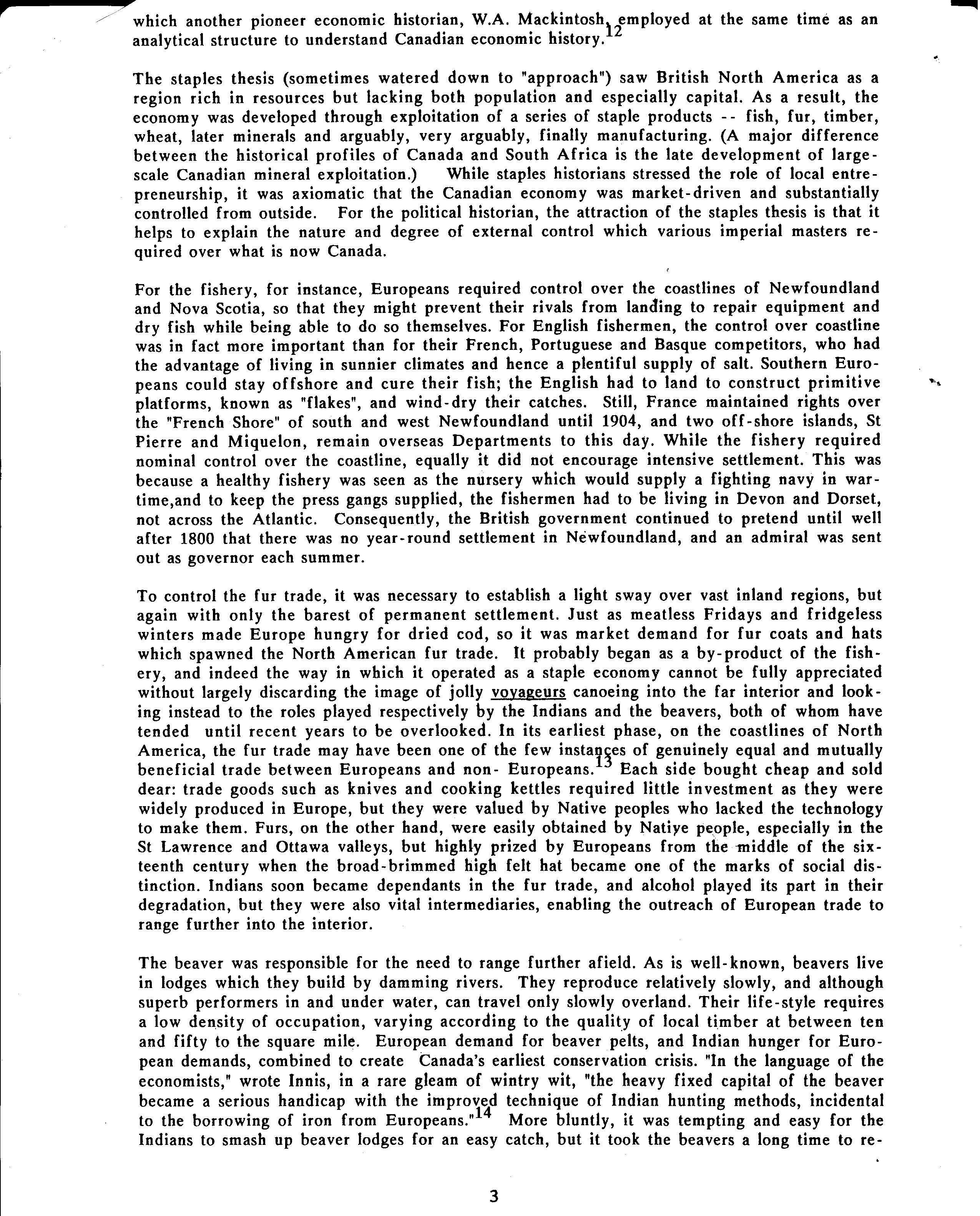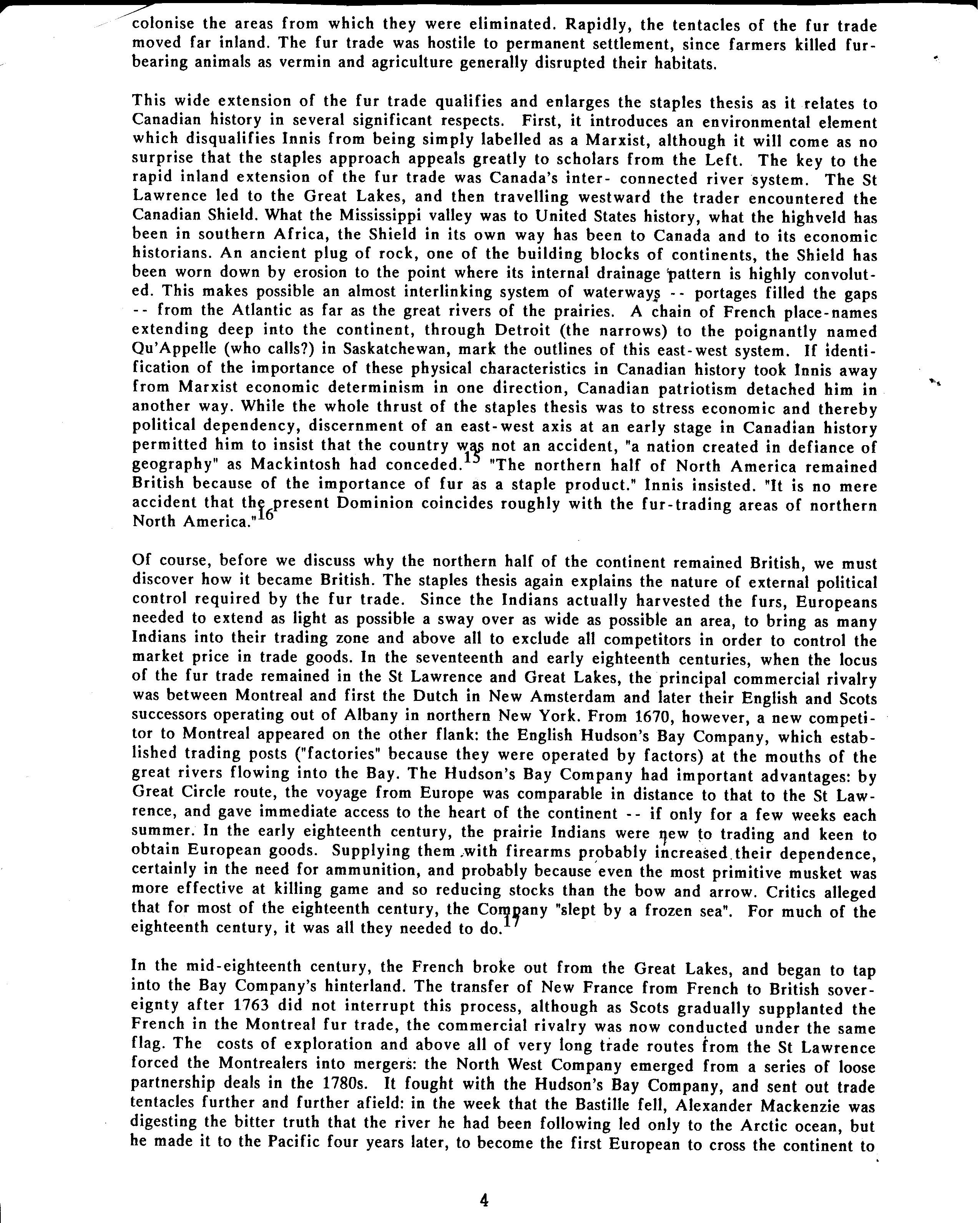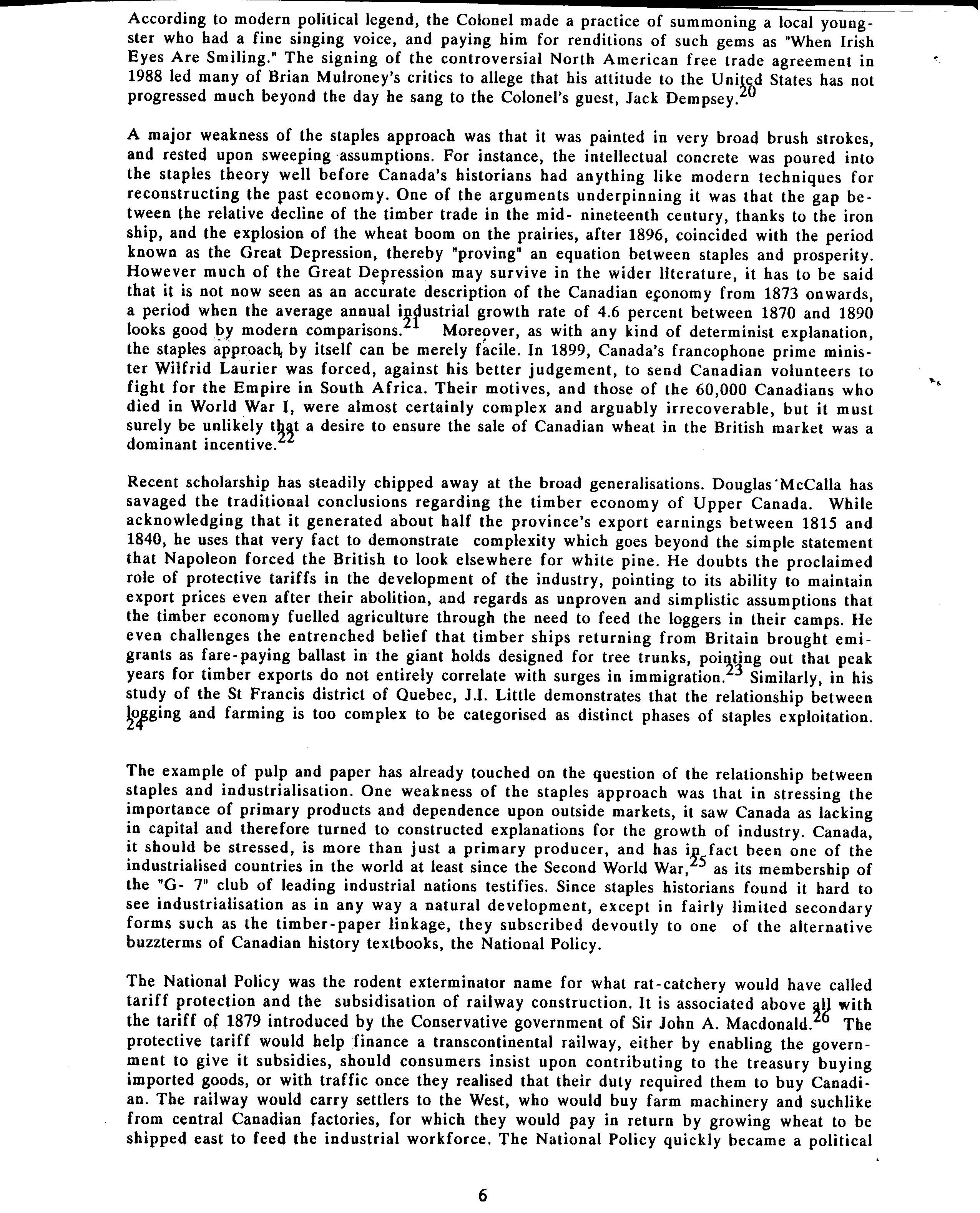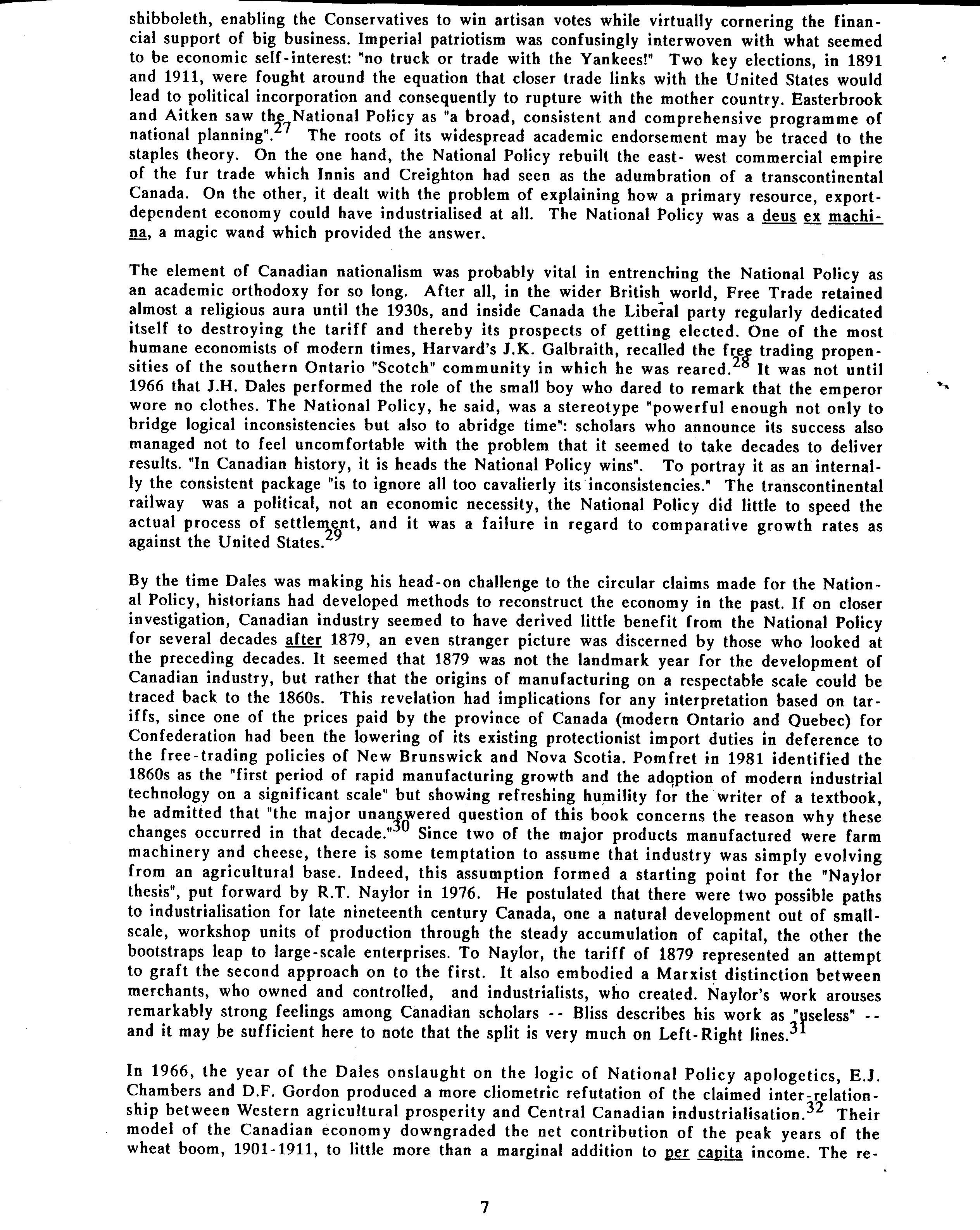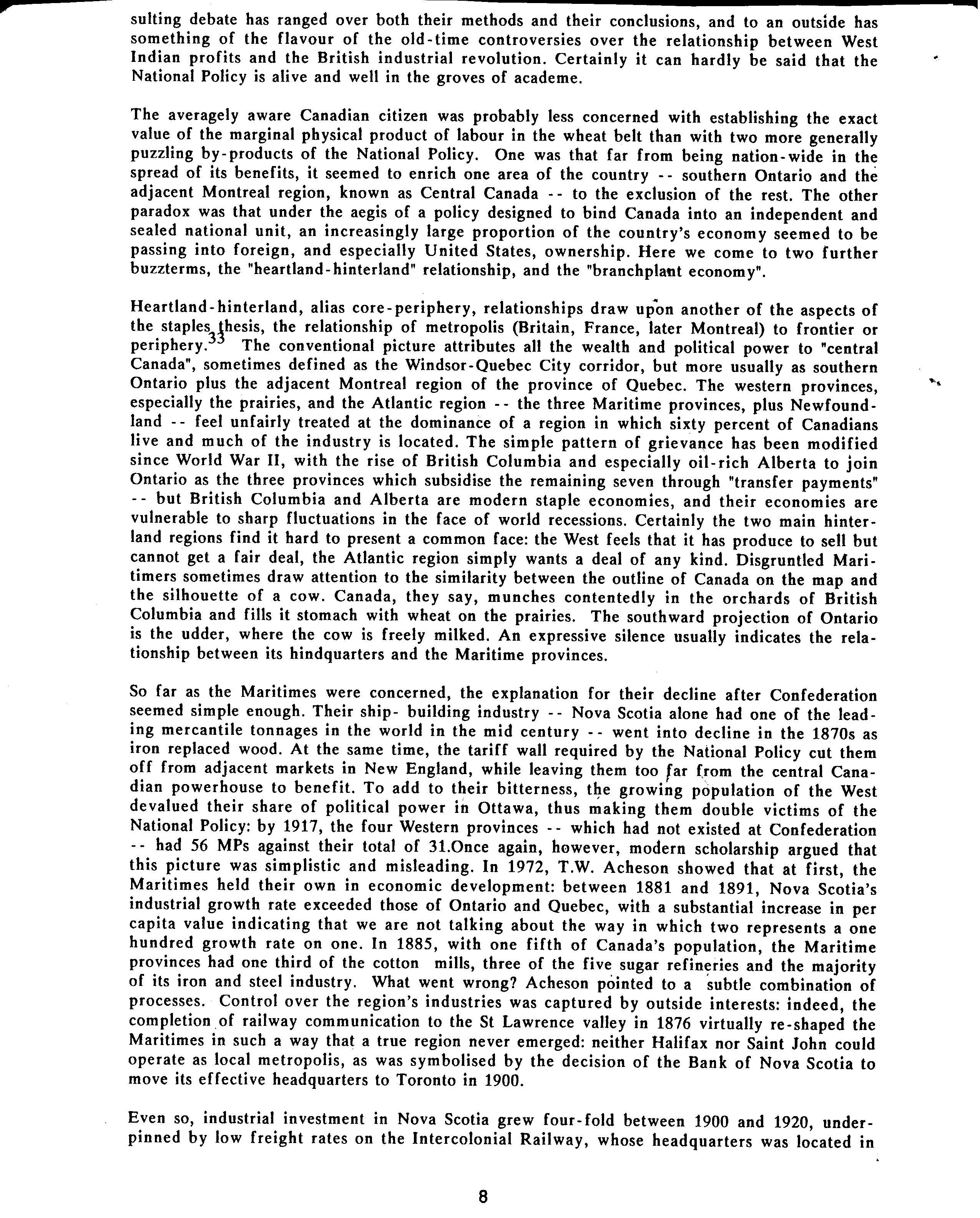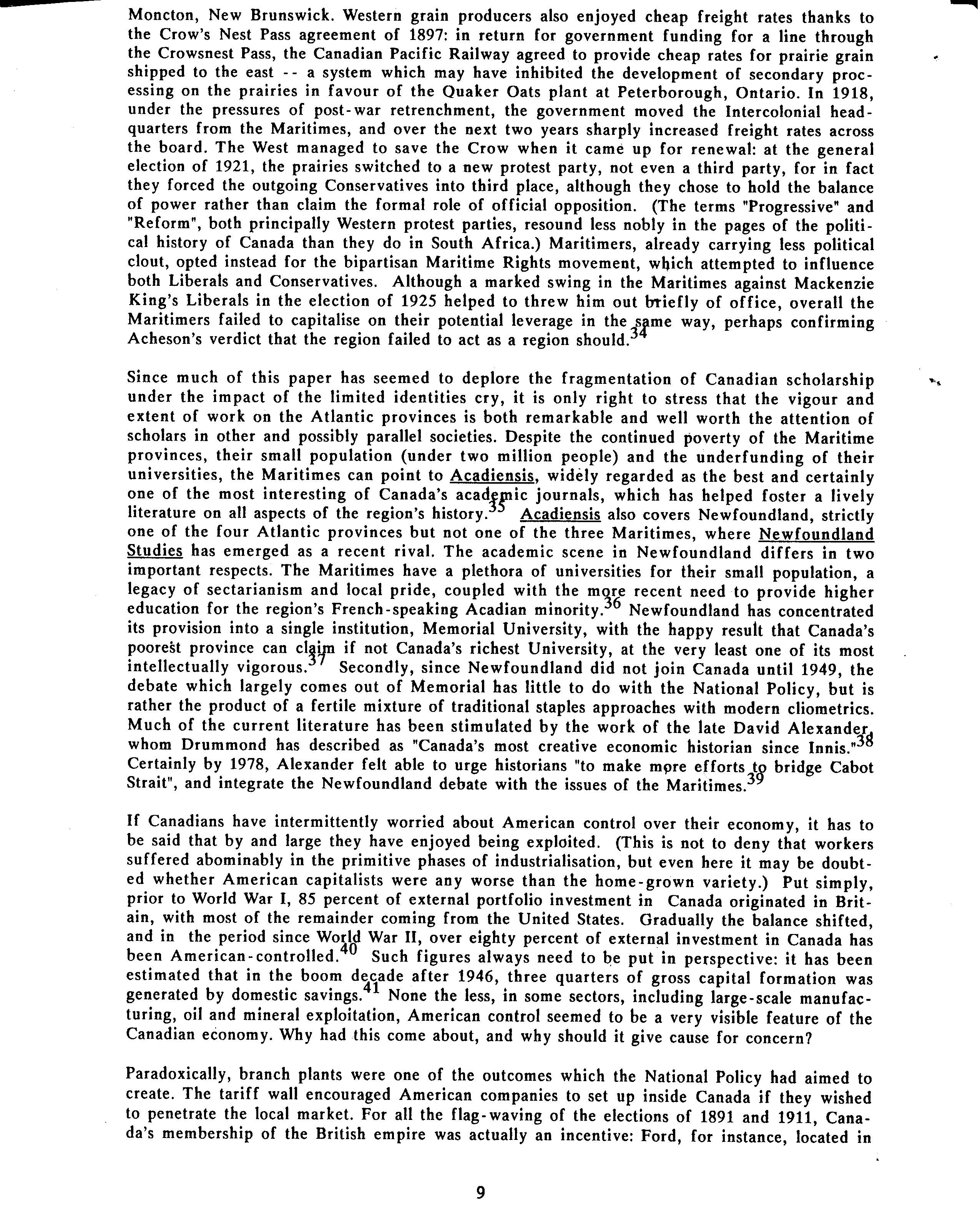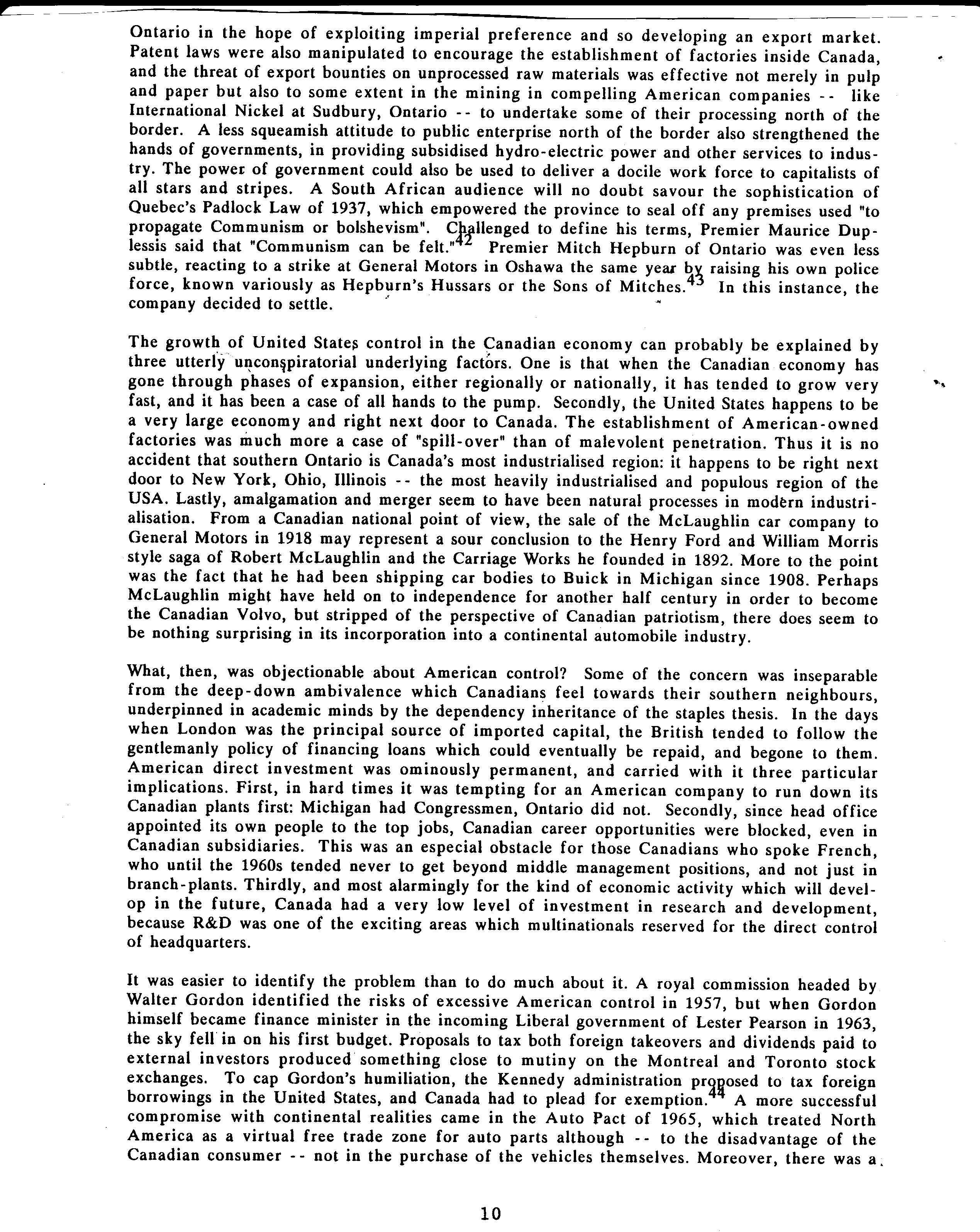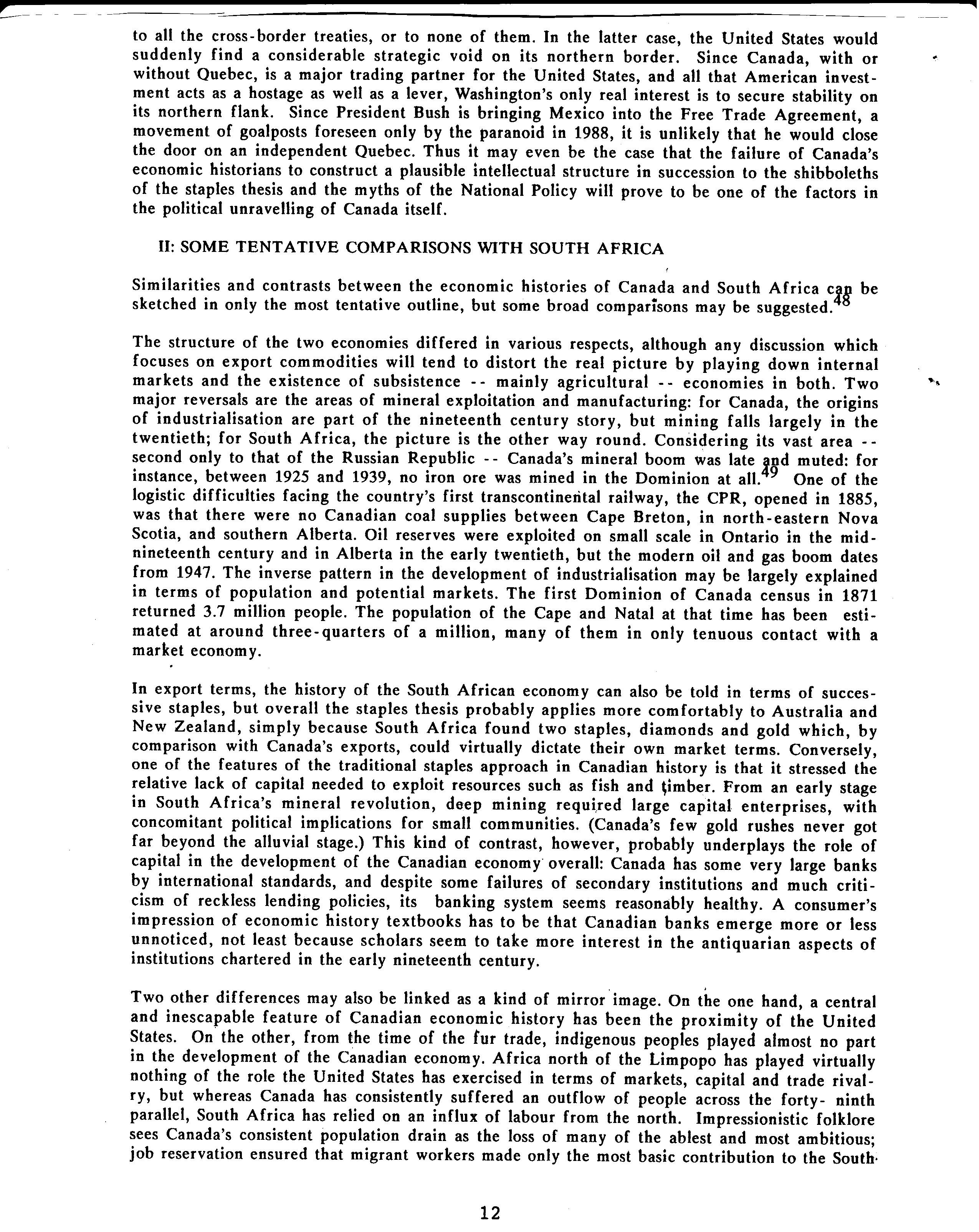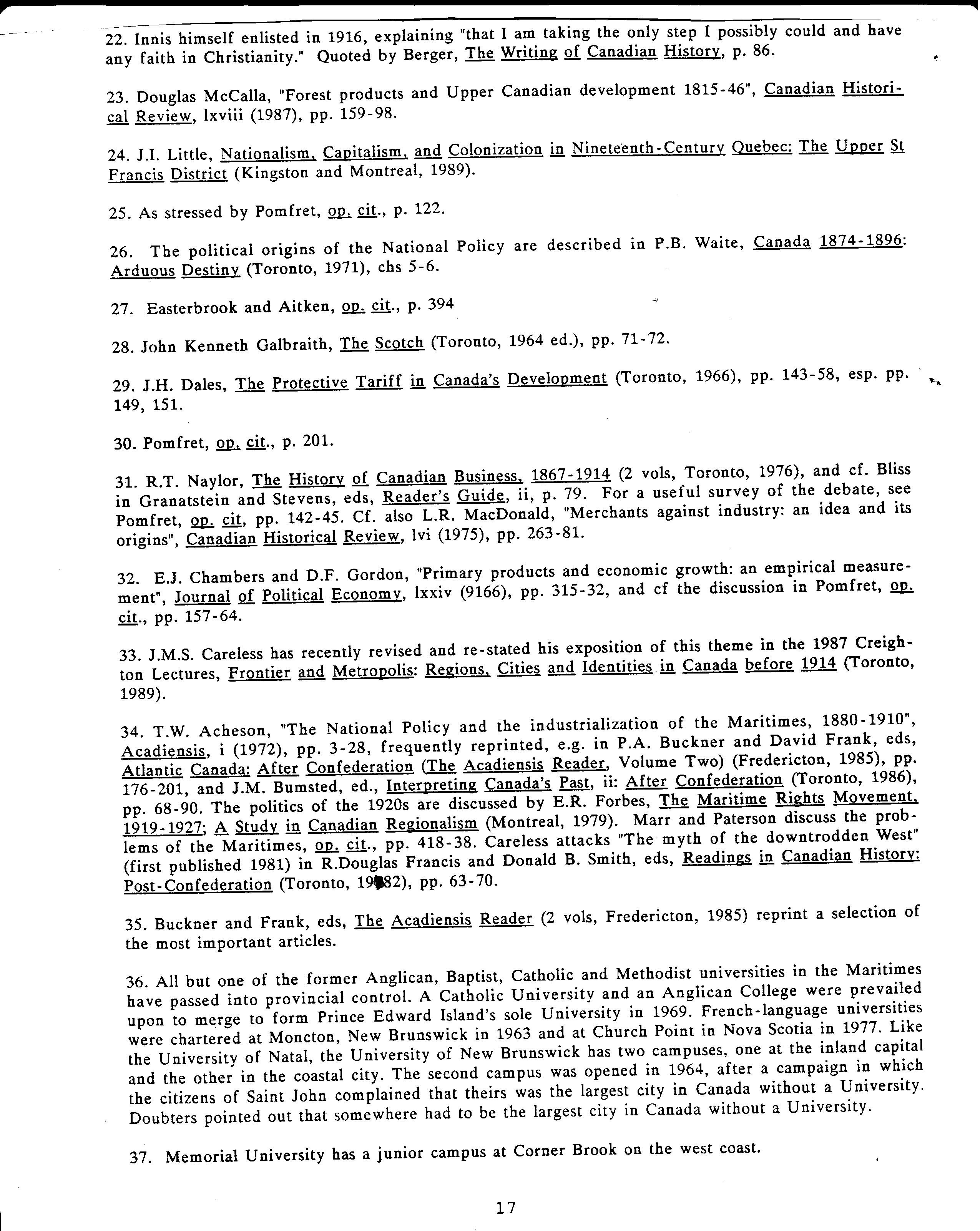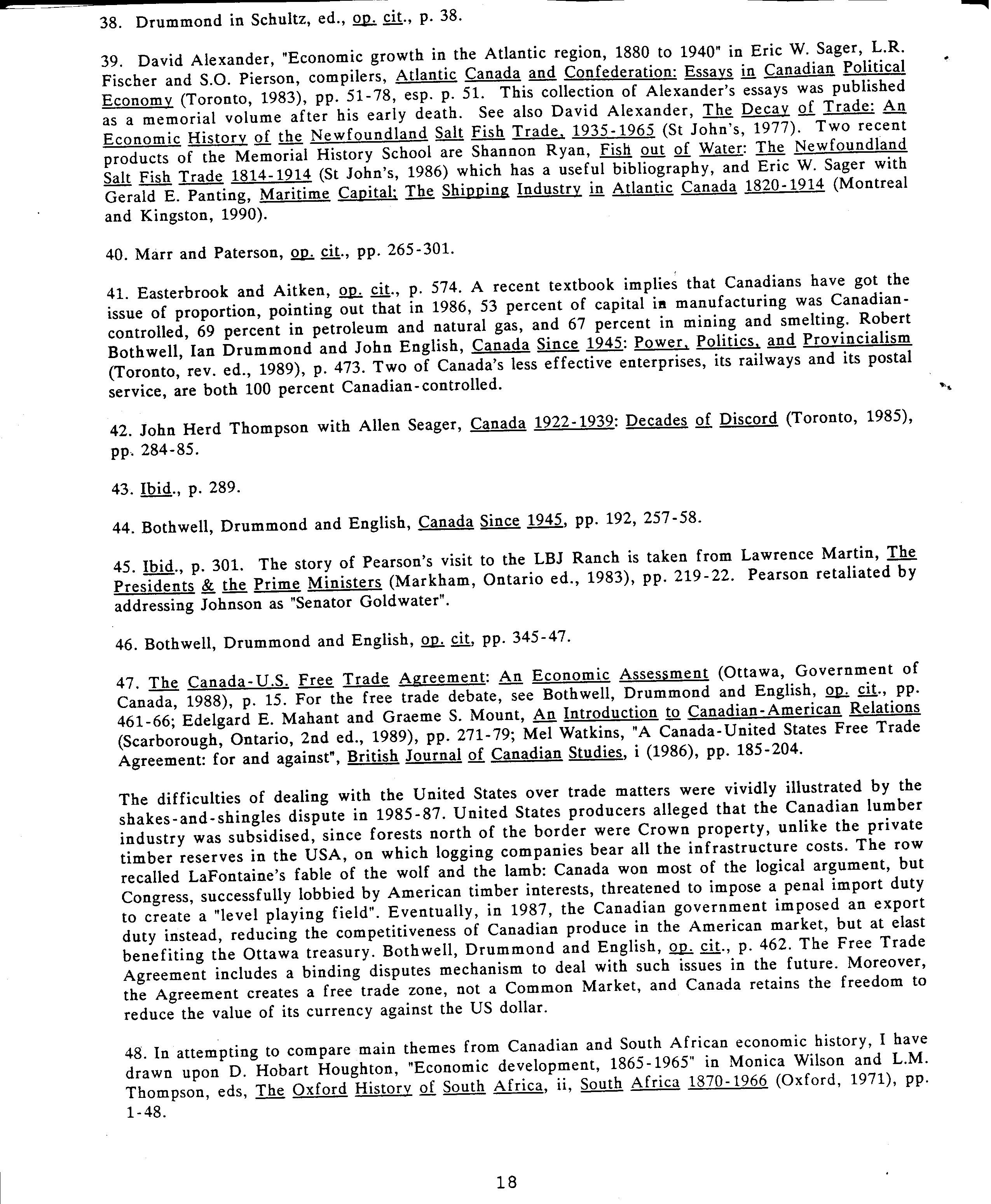Canadian economic history in a South African context: Pietermaritzburg, 1992
In 1992, I was invited to deliver a keynote address to the annual conference of the South African Economic History Society, in which I offered an overview of Canadian economic history and sketched some South African comparisons and possible lines of enquiry. The conference set out to explore the political economy of modernity in new societies to establish a context for the reconsideration of Southern Africa. It was held at the Pietermaritzburg campus of the University of Natal, now part of the University of KwaZulu-Natal. Apartheid was in the process of being dismantled and the conference organisers, Dr Ruth Edgecombe and Professor Bill Guest, were reaching out to re-establish international links: my visit was supported by a grant from the British Council. . One invigorating feature of the gathering was the participation of African research students, who were exploiting new forms of evidence with intensity and commitment.
I taught Canadian history in Britain and my research focused upon political and constitutional development. Hence my attempt, in the first part of the paper, to present an overview of main themes and current debates in Canadian economic history inevitably reflected the impressions of a consumer rather than a participant: I did not (and could not) discuss econometric research, while specific sectors and regions were covered with a light touch (I would argue, necessarily so within the confines of a conference presentation). However, while I claim to have offered few, if any, penetrating insights, the attempt was not entirely a floundering into alien territory. In 1992, textbook narratives of Canadian history were still largely underpinned by the pioneer work of economic historians, and I pointed out how the great names of the English-Canadian profession had based their careers on research into the Atlantic economy, the fur and timber trades and the commercial importance of the St Lawrence river. Whereas English / British history still bore the traces of an underlying "Whig" political-constitutional approach, the historiography of Canada – at least in English – had been built upon economic foundations – and, moreover, by scholars who incorporated their statistics into a predominantly literary approach.
The second part of the paper, "Some tentative comparisons with South Africa", may be politely described as exploratory. Again, the nature of a keynote address pointed to highlights rather than detail, although my one table, of comparative exports in 1938, was remarkably bald. Nonetheless, the format did make it possible to emphasise the remarkable contrast in the role of mining between the two countries: much of South African history has been dominated by gold and diamonds, but Canada managed to sit upon a very large area of the planet's surface without seriously exploiting its mineral resources until well into the twentieth century. I am embarrassed to admit that, in the early nineteen-nineties, it was still possible to offer an overview of the history of Canada that took small account of its indigenous people. My paper did emphasise their role in the fur trade, and later pointed out that First Nations played almost no role in the labour force that constructed the modern industrial and transportation economy – a striking contrast with the exploitation of Black labour not merely in South Africa's mining sector, but in agriculture too. No doubt my paper should also have discussed land, and the windfall effects of its expropriation by settlers, who acquired a potential capital asset at little or no cost. I have subsequently attempted to supply this lacuna in an essay entitled "How much did Canada 'pay' First Nations for the prairies?" (https://www.gedmartin.net/martinalia-mainmenu-3/313-how-much-did-canada-pay-first-nations-for-the-prairies).
In re-reading the 1992 conference paper, I was struck by my own statement, on page 12, that the total population of the Cape and Natal around 1870 was roughly three-quarters of a million, an astonishingly low number. Indeed, I was briefly horrified by the chilling thought that I had slipped into the bad habit of old-fashioned British Empire historians of yesteryear of only counting white people in census figures. (On my first visit to Pietermaritzburg in 1976, I had found that even white liberals believed that the city had a population of 45,000, when it was clear that the metropolitan area contained closer to a million people.) Happily, a panic reconnaissance of my bookshelves set my mind at rest: the figures had been authoritatively stated in the South Africa volume of the Cambridge History of the British Empire (viii, 717-18) as far back as 1933. However, I was struck by the relative absence of population figures in many of the undoubtedly impressive interpretative monographs that sought to explain the South African past at that time. I made the point in Past Futures (2004) that historians are deplorably casual in their attitude to the basic question of numbers. Every national or regional history should be built upon a demographic framework: how many people? Should they be categorised by ethnicity, language or religion? Were they urban or rural, crowded or scattered? Were they literate, were they poor? Too many scholars seem to regard this as "Whitaker's Almanack stuff" that somehow detracts from their literary endeavour. First results from the South African census of 2022 indicate that 28 million people now live in that area that, 150 years ago, was home to barely a million. That simple statement is a key to understanding a great deal of the country's history.
Some of the comparative elements touched on in this paper influenced my 1999 essay "Canada from 1815" in the Oxford History of the British Empire: iii, The Nineteenth Century, 522-45, although constraints of space made it challenging to tell the Canadian story, let alone place it within a wider context. A joint conference of two area studies associations in 2005 produced another keynote address, "Exploring the Canada - New Zealand Comparison" (https://www.gedmartin.net/published-work-mainmenu-11/6-exploring-the-canada-new-zealand-comparison).
For a list of Canadian history and Canadian Studies material on this website, see "Canadian history on www.gedmartin.net" (https://www.gedmartin.net/martinalia-mainmenu-3/319-canadian-history-on-www-gedmartin-net).


